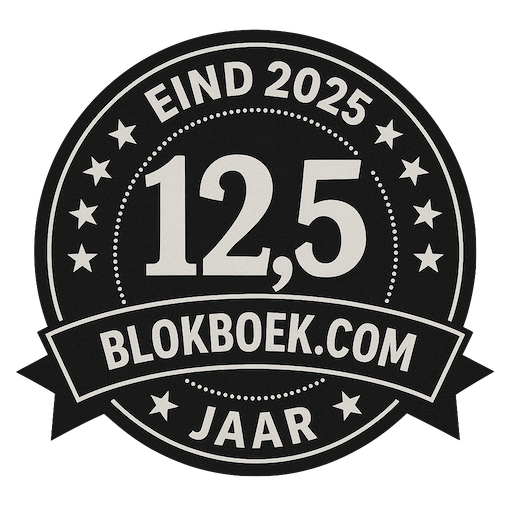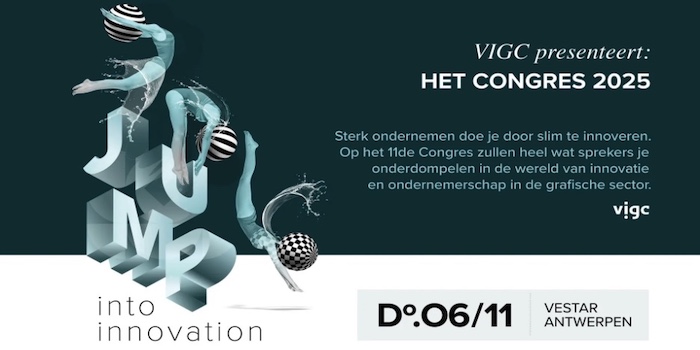Laurel Brunner: Invisible Print is a Source of Environmental Impact Reduction
 At its site in Beckton, East London Britvic produces some 30 million units per month, packaged exclusively in PET bottles which are blown onsite within the production line. Products include Britvic brands plus PepsiCo brands produced under license. This is a large business with a comprehensive and robustly managed commitment to environmental management. And yet there is no mention of print or of how inhouse printers are recycled. Not only is this a welcome novelty for someone steeped (or is that drowning) in the industry, it’s also a bit of a shock. Management of print’s environmental impact is a great opportunity for a business to identify new ways of cutting a carbon footprint and demonstrating environmental management initiative. Guidelines for print procurement should be included as part of every company’s environmental management policy as well as its environmental management manual.
At its site in Beckton, East London Britvic produces some 30 million units per month, packaged exclusively in PET bottles which are blown onsite within the production line. Products include Britvic brands plus PepsiCo brands produced under license. This is a large business with a comprehensive and robustly managed commitment to environmental management. And yet there is no mention of print or of how inhouse printers are recycled. Not only is this a welcome novelty for someone steeped (or is that drowning) in the industry, it’s also a bit of a shock. Management of print’s environmental impact is a great opportunity for a business to identify new ways of cutting a carbon footprint and demonstrating environmental management initiative. Guidelines for print procurement should be included as part of every company’s environmental management policy as well as its environmental management manual.
Britvic, like so many large manufacturers, has a mature EMS and a deep commitment to keep improving its environmental management, especially where waste, transport and raw materials handling are concerned. The company complies with all the relevant laws and regulations. Its processes are regularly reviewed for compliance to the company’s policy and that they meet the aims, objectives and clauses of ISO 14001. Yet there is no policy for managing the environmental impact of its fleet of photocopiers and Multi Functional Devices (MFDs), or for requiring print service providers to show any kind of environmental credential. As with so many manufacturing companies, Britvic’s environmental policy is linked to health and safety rather than to commercial performance and supply chain management
This creates various opportunities. Britvic has a means of extending its EMS to incorporate print both materials produced inhouse or by service providers. Just as subcontractors for waste handling provide the company with guidance, so it should be with print, both inhouse printers and outsource print buying.
We recently learned all about auditing companies for their compliance to ISO 14001 (Environmental Management Systems) and as part of the training we visited a large drinks maker in the UK for a trial audit. Britvic, based in East London, has been a publicly traded company since 2005 and has a declared public commitment to environmental management. This commitment is an important part of Britvic’s Corporate Social Responsibility policy and relates to all parts of the business. Yet nowhere in its policy documents could we find a reference to managed print procurement or how print and publishing functions fit with the policy. Britvic’s Environmental Management Policy is publicly available online (see http://britvic.co.uk/en/Sustainable-business/Policies-and-Reports/Safety…) and is displayed, on printed signs, throughout its manufacturing plant.
Laurel Brunner

This blog has been made possible by: Agfa Graphics (www.agfa.com), Digital Dots (http://digitaldots.org), drupa (www.drupa.com), EFI (www.efi.com), Fespa (www.fespa.com), Heidelberg (www.uk.heidelberg.com), Kodak (www.kodak.com/go/sustainability), Mondi (www.mondigroup.com/products), Pragati Offset (www.pragati.com), Ricoh (www.ricoh.com), Shimizu Printing (www.shzpp.co.jp), Splash PR (www.splashpr.co.uk), Unity Publishing (http://unity-publishing.co.uk) and Xeikon (www.xeikon.com).
Blokboek.com is the Dutch media partner of Verdrigris, a non-profit initiative which aims to realistically chart the real footprint of printing and which helps companies and organisations to lower that footprint. More information about Verdrigris can be found via this link.

De trainingen voor 2022 staan gereed. Kijk voor het volledige online aanbod van bestaande- en nieuwe trainingen op de website.
BLOKBOEK.COM EN PRINTMEDIANIEUWS: HET OPTIMALE DOELGROEP BEREIK


















